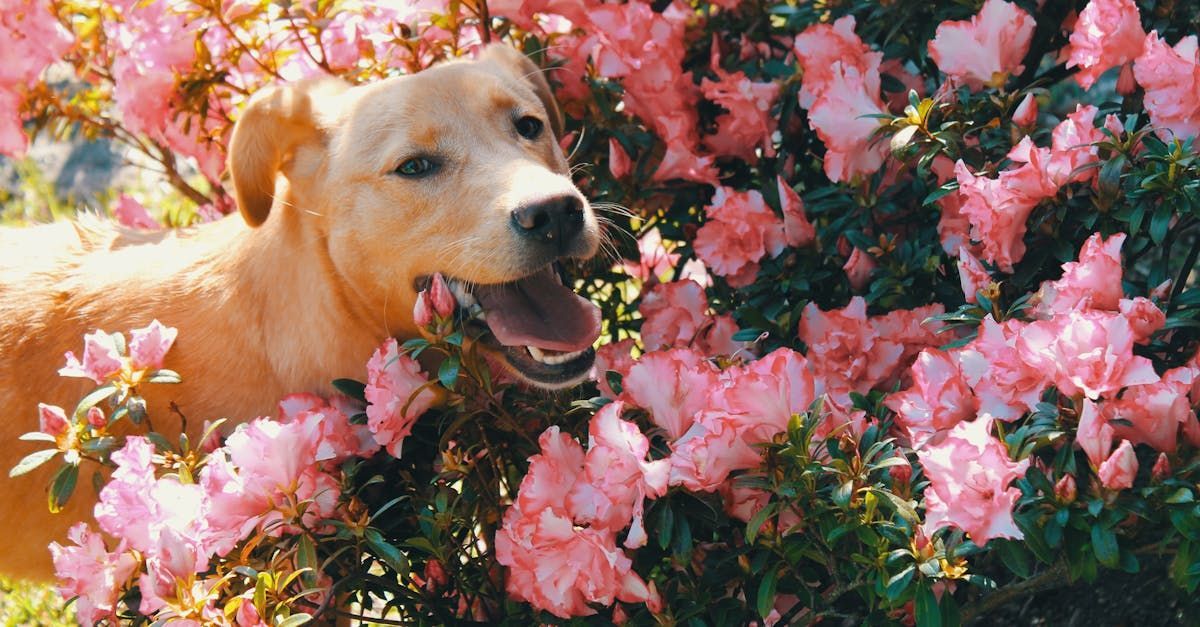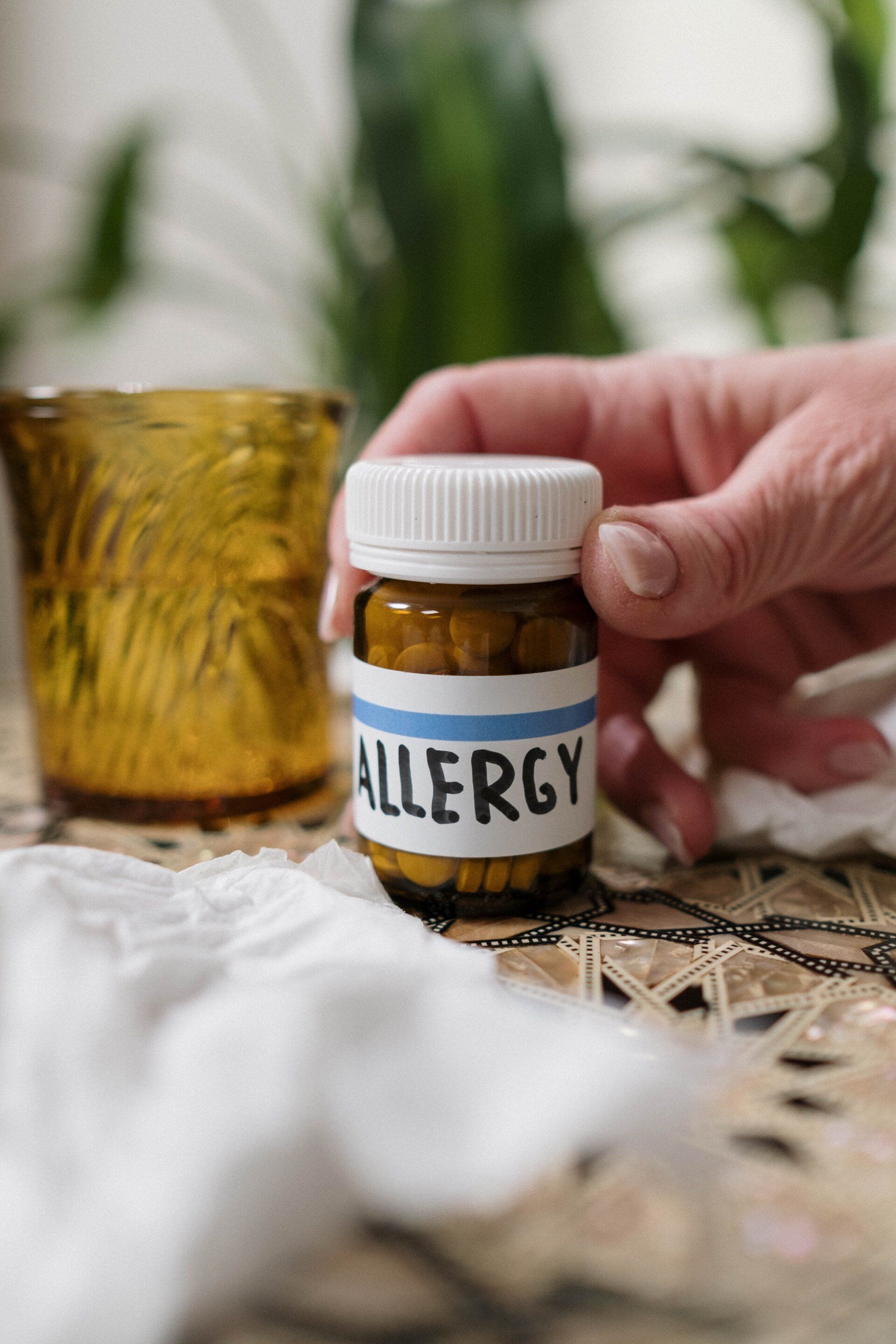Book your Sping and Summer stays now. Peak dates/weekends will fill up.
Book your Spring and Summer stays now. Peak dates/weekends will fill up.
Bark Blog

By Makala Tronson
•
19 Apr, 2024
We all want our furry best friends to thrive, and a big part of that is ensuring they get the right fuel for their amazing bodies. But with shelves overflowing with dog food options, deciphering labels and picking the perfect protein and nutrition content can feel like cracking a doggy Da Vinci code. Fear not, fellow pet parents! This post will equip you with the knowledge to navigate the dog food aisle with confidence. Protein Power: Age Matters: Puppies are growing machines, so they need more protein (around 29%) than adult dogs (18-25%). Senior pups may also benefit from a slight protein bump to support muscle mass. Activity Level: The energetic athlete in your life? They likely burn through protein faster than a couch potato pup. Look for higher protein content (up to 30%) in active or working dog food. Source Matters: Just like for us, protein quality is key. Animal-based proteins like chicken, beef, or fish are generally more digestible and provide essential amino acids for your dog's growth and well-being. Beyond the Protein: Protein is a vital piece of the puzzle, but it's not the whole picture. Here's a quick rundown of other important nutrients: Fats: Provide energy and support healthy skin and fur. Look for balanced levels of omega-3 and omega-6 fatty acids. Carbohydrates: Fuel your dog's body and brain. Complex carbs are preferable to simple ones. Vitamins and Minerals: These micronutrients keep your dog's bodily functions running smoothly. Decoding the Label: The AAFCO (Association of American Feed Control Officials) guidelines ensure dog food meets minimum nutritional requirements. Here's what to watch for on the label: Guaranteed Analysis: This section lists the minimum percentages of protein, fat, fiber, and moisture in the food. First Ingredient: This should ideally be a named protein source, like chicken or salmon. Aesthetics: Avoid artificial colors, flavors, and preservatives. Remember: Consult Your Vet: They can recommend a food based on your dog's individual needs and any health concerns. Read Reviews: See what other pet parents have to say about different brands. Start Slow: When switching foods, gradually introduce the new one over a week to avoid tummy tr oubles. By understanding your dog's unique needs and wielding your newfound label-reading skills, you can choose a dog food that fuels their tail wags and keeps them happy and healthy for years to come. Remember, a happy pup makes a happy home! If you're still not sure, we are always willing to provide a FREE pet food consultation to help you find the right fit for your pet.
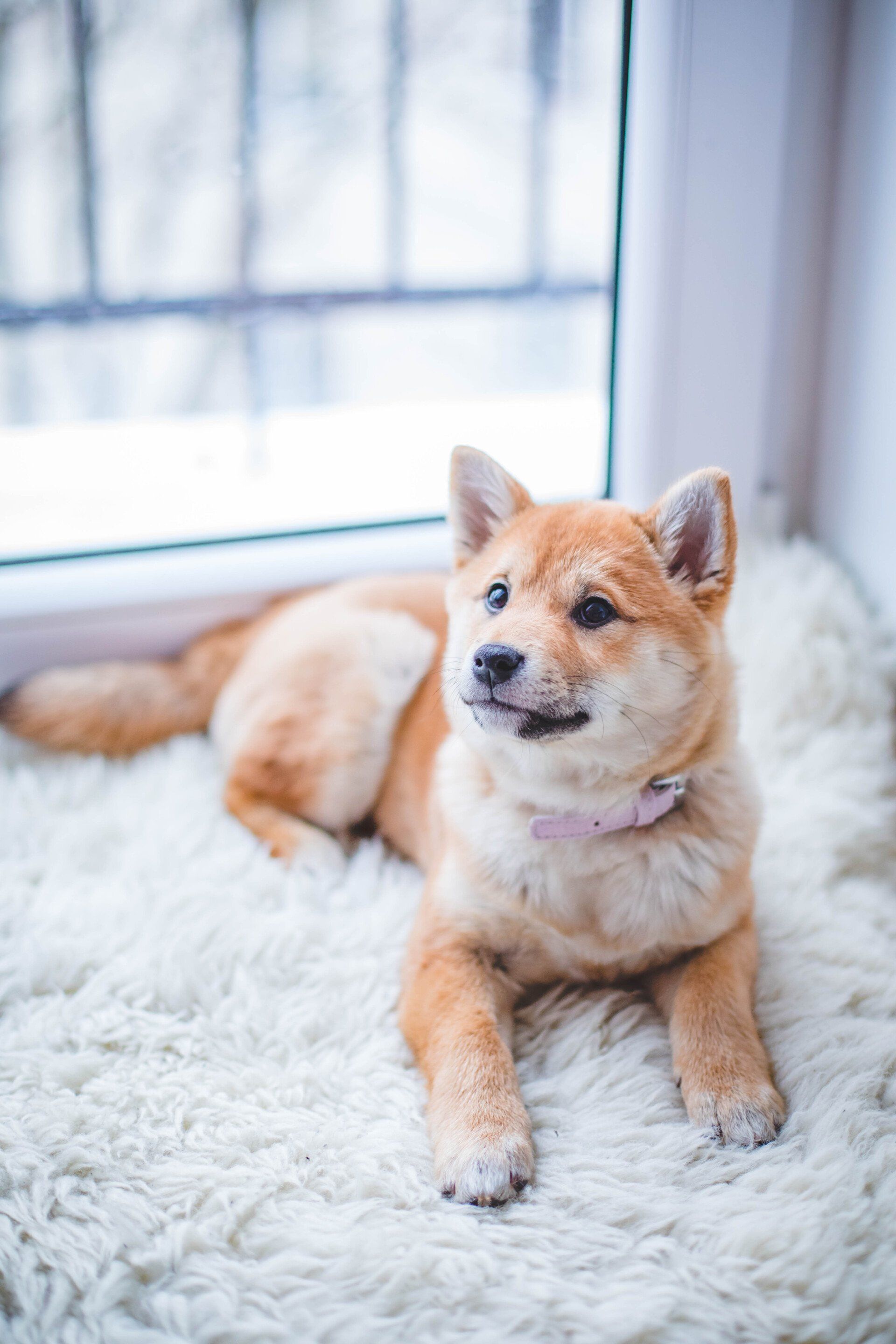
By Makala Tronson
•
10 Apr, 2024
Spring has sprung! As the days get warmer and we spend more time outdoors with our furry friends, it's the perfect time to revamp their grooming routine. Shedding season is in full swing, and our pups need a little extra TLC to keep them looking and feeling their best. Here are some tips, tricks, and essentials to transform your dog from winter wooly bear to a sprightly spring pup! Brushing Bonanza: Brush, brush, brush! This is the golden rule of spring grooming. Regular brushing removes loose fur, prevents matting, and distributes natural oils for a healthy coat. Choose the right brush: Short-haired breeds might benefit from a bristle brush, while long-haired pups need an undercoat rake to remove that hidden fluff. Make it a bonding experience: Turn brushing into a pampering session. Use a gentle touch and positive reinforcement with treats or praise. Bath Time Bliss: Spring clean that fur! A bath can help remove winter grime, allergens, and that "doggy odor." But be gentle! Frequent baths can strip away natural oils. Use a dog-friendly shampoo: Skip human shampoos, which can irritate your pup's skin. Opt for a gentle, dog-specific formula. Rinse thoroughly: Leaving shampoo residue can cause itchiness. Rinse, rinse, rinse! Paw and Nose Care: Pawsitively essential! Spring means more walks and hikes, so check your dog's paws regularly for cracks, cuts, or debris. Keep paw pads moisturized with a dog-safe balm. Sniffing out dryness: Cold winter winds can leave your dog's nose dry and cracked. Apply a little petroleum jelly (safe for dogs!) to keep their nose happy and healthy. Bonus Tips: Fight the fleas and ticks: Spring is prime time for these pests. Talk to your vet about flea and tick prevention medication. Freshen up their breath: Dental hygiene is important! Ask your vet about dog-safe dental chews or sprays to keep their breath minty fresh. Spring Grooming Essentials: High-quality brush or comb suitable for your dog's coat type Gentle dog shampoo and conditioner Dog-safe ear cleaner (optional) Nail clippers (optional, consult your vet if unsure) Dog-safe paw balm Flea and tick prevention medication (consult your vet) With a little extra effort, your dog will be looking and feeling their best this spring! Remember, grooming is a great opportunity to bond with your furry friend. So crank up the tunes, grab your favorite brush, and get ready for a spaw day your pup will love!
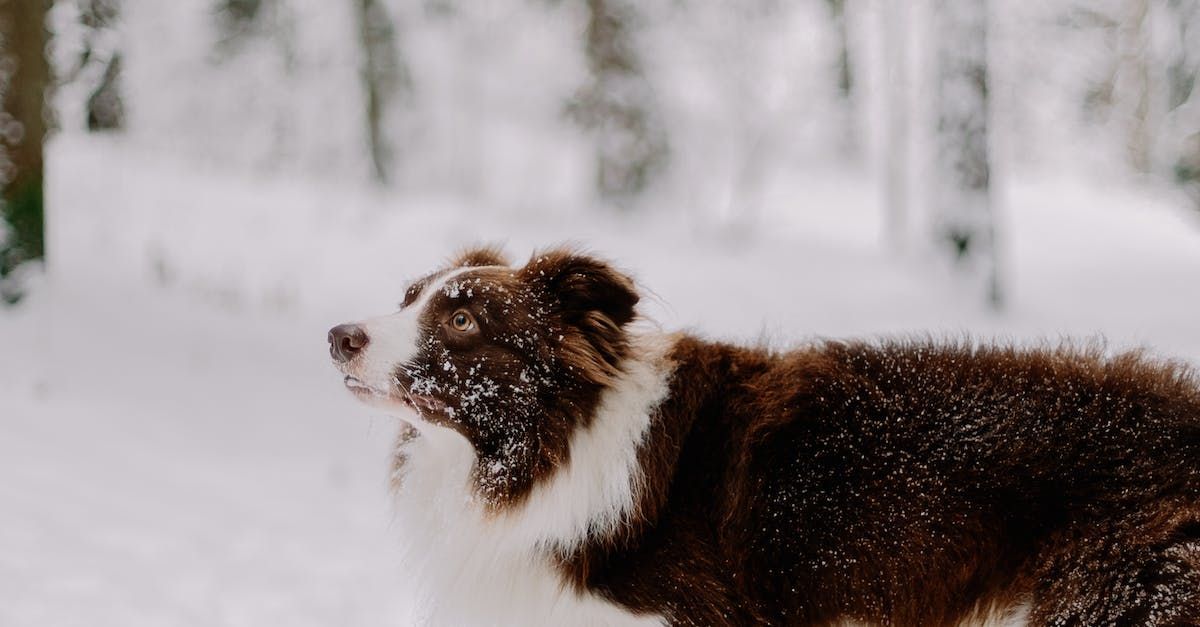
By Makala Tronson
•
08 Feb, 2024
Ah, winter. A time for cozy nights by the fire, hot cocoa, and... bundled-up dog walks? While snow angels and frosty adventures can be exciting for our canine companions, the season also brings unique challenges for their furry well-being. So, how exactly does winter affect our four-legged friends? Let's explore both the wags and woes:
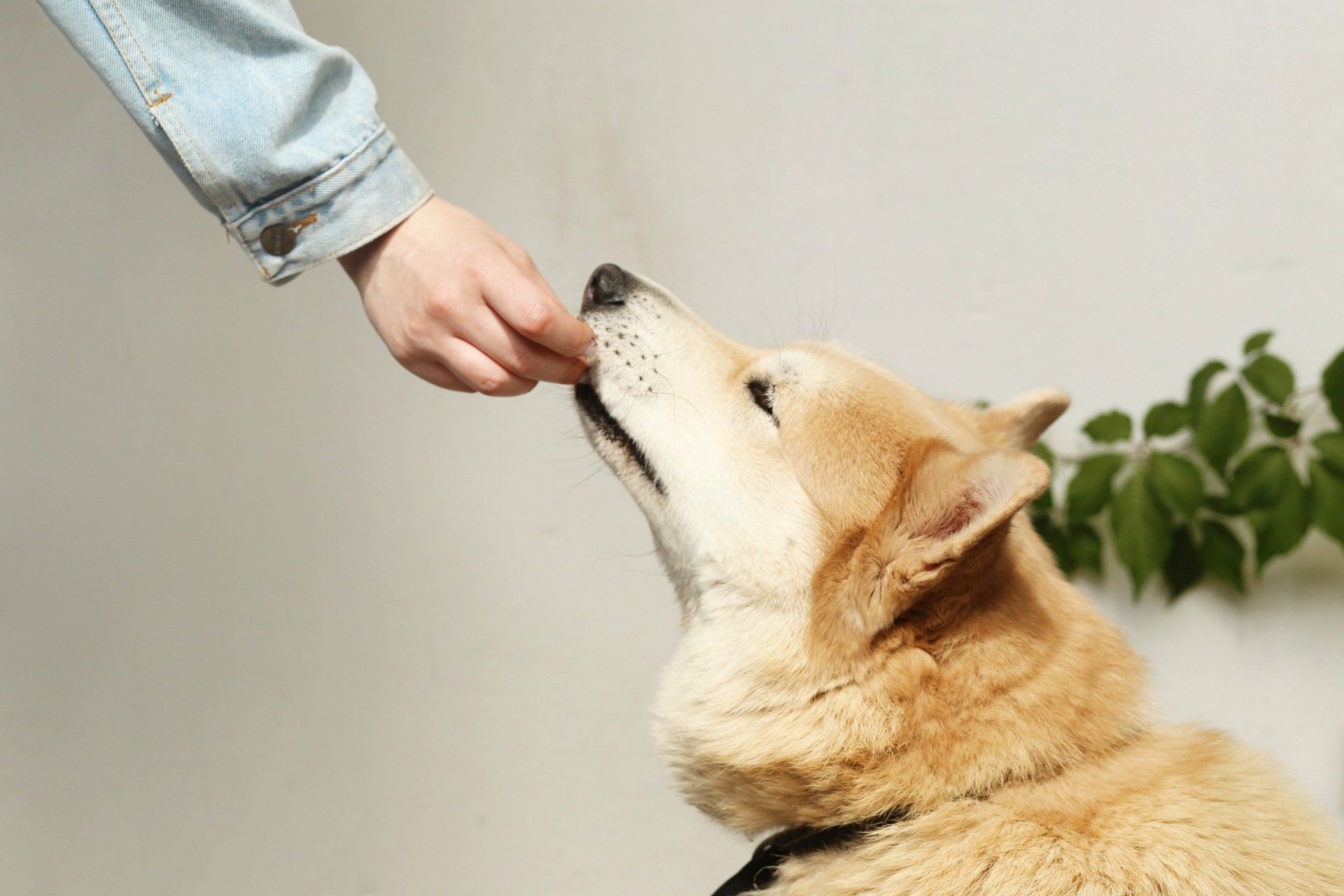
By Makala Tronson
•
31 Jan, 2024
The pet food industry is always buzzing with new trends and innovations, and lately, freeze-dried food has been generating a lot of excitement. But what exactly is freeze-dried pet food, and is it worth the hype? What is Freeze-Dried Pet Food? Freeze-dried pet food is made with raw ingredients that are frozen at very low temperatures and then subjected to a vacuum that removes the moisture. This process preserves the natural nutrients, flavor, and aroma of the ingredients, without the need for preservatives or artificial additives. The result is a lightweight, shelf-stable food that can be rehydrated with water to create a fresh and delicious meal for your furry friend. Benefits of Freeze-Dried Pet Food There are several potential benefits to feeding your pet freeze-dried food: Higher Nutritional Value: Freeze-drying preserves more of the natural vitamins, minerals, and enzymes found in raw ingredients than traditional kibble or canned food. This can lead to improved overall health and well-being for your pet. Improved Digestibility: The gentle freeze-drying process makes the food easier for your pet to digest, which can lead to smaller, less smelly stools. Enhanced Taste and Aroma: Dogs and cats have a keen sense of smell and taste, and they will love the rich, natural flavors and aromas of freeze-dried food. Convenient and Shelf-Stable: Freeze-dried food is lightweight and easy to store, making it a great option for travel or camping. It also has a longer shelf life than raw food, so you don't have to worry about it spoiling. Is Freeze-Dried Pet Food Right for Your Pet? While freeze-dried pet food offers several potential benefits, it's not necessarily the right choice for every pet. Here are a few things to consider: Cost: Freeze-dried food is typically more expensive than kibble or canned food. Preparation: While it's convenient to store, freeze-dried food requires rehydration with water before feeding. Dietary Needs: Make sure the freeze-dried food you choose is formulated for your pet's specific dietary needs, such as age, breed, and activity level. Overall, freeze-dried pet food is a healthy and convenient option for many pets. If you're looking for a way to improve your pet's diet and give them a taste of the raw food world, it's definitely worth considering. Just be sure to talk to your veterinarian first to make sure it's the right choice for your furry friend. I hope this blog post has given you a better understanding of freeze-dried pet food and its potential benefits. If you have any questions, please feel free to stop in and discuss your pet's nutritional needs. Additional Tips: When choosing a freeze-dried pet food, look for one that is made with high-quality ingredients and is from a reputable brand. Start by mixing a small amount of freeze-dried food with your pet's current food and gradually increase the amount over time. Be sure to rehydrate the freeze-dried food with water according to the package instructions. I hope your pet enjoys the taste and health benefits of freeze-dried food!

By Makala Tronson
•
07 Nov, 2023
Enrichment toys are toys that are designed to mentally and physically stimulate dogs. They can be used to help dogs relieve boredom, anxiety, and stress, and they can also be used to help dogs learn and train. There are many different types of enrichment toys available, including puzzle toys, treat dispensing toys, and interactive toys. Puzzle toys require dogs to solve a puzzle in order to access a treat, while treat dispensing toys release treats as dogs play with them. Interactive toys can be played with by dogs and their owners together, and they can help to strengthen the bond between dogs and their humans. Benefits of Enrichment Toys Enrichment toys offer a number of benefits for dogs, including: Mental stimulation: Enrichment toys can help to keep dogs' minds active and engaged. This can be especially beneficial for dogs that are left alone for long periods of time. Physical exercise: Some enrichment toys can also provide dogs with physical exercise. This is important for dogs of all ages, but it is especially important for overweight or obese dogs. Reduced boredom: Enrichment toys can help to reduce boredom in dogs. This can help to prevent dogs from developing destructive behaviors, such as chewing and barking. Reduced anxiety and stress: Enrichment toys can help to reduce anxiety and stress in dogs. This is because enrichment toys can help to keep dogs' minds occupied and can also provide them with a sense of control over their environment. Improved learning and training: Enrichment toys can also be used to help dogs learn and train. For example, puzzle toys can be used to teach dogs basic obedience commands, and treat dispensing toys can be used to reward dogs for good behavior. How to Choose the Right Enrichment Toys for Your Dog When choosing enrichment toys for your dog, it is important to consider their age, breed, and activity level. You should also consider your dog's interests and preferences. For example, if your dog loves to chew, you may want to choose a puzzle toy that is made from a durable material. If your dog is food-motivated, you may want to choose a treat dispensing toy. It is also important to supervise your dog when they are playing with enrichment toys. This will help to ensure that they do not swallow any small pieces of the toy and that they do not become frustrated with the toy. Conclusion Enrichment toys are a great way to keep your dog mentally and physically stimulated. They can also help to reduce boredom, anxiety, and stress, and they can be used to help dogs learn and train. When choosing enrichment toys for your dog, be sure to consider their age, breed, activity level, interests, and preferences.
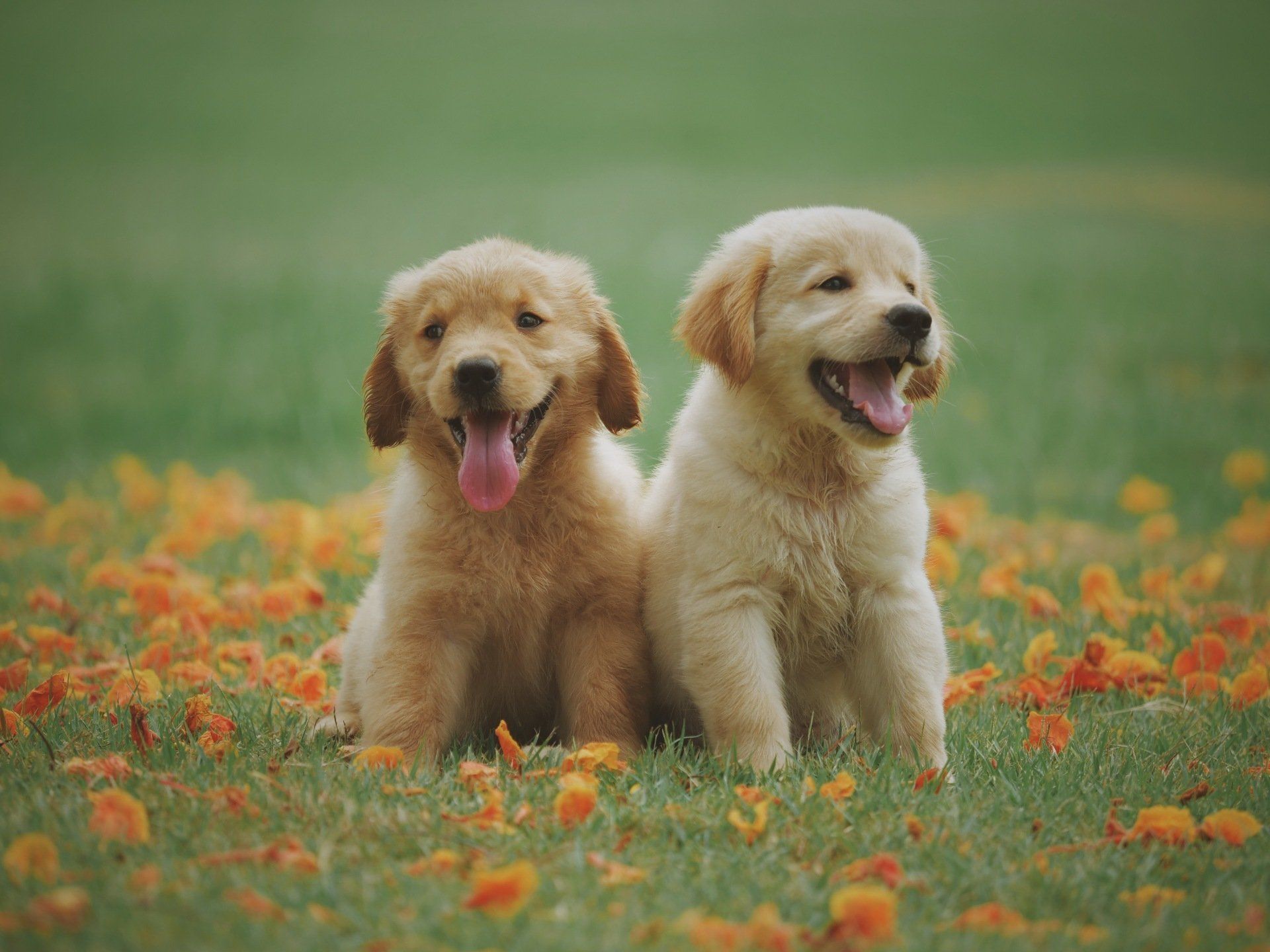
By Makala Tronson
•
15 Aug, 2023
Congratulations on your new puppy! Bringing a new puppy home is an exciting time, but it can also be a bit overwhelming. Here are 10 tips to help you get started with your new furry friend: Do your research. Before you bring your puppy home, it's important to do your research and learn about their breed, personality, and needs. This will help you be prepared for the challenges and joys of puppyhood. Set up a puppy-proofed space. Make sure your puppy has a safe place to sleep, eat, and play. This space should be free of hazards, such as electrical cords, sharp objects, and toxic substances. Start training early. Puppies are like sponges and they learn quickly. Start training your puppy as soon as possible on basic commands, such as sit, stay, and come. Be consistent with training. Puppies need consistency in order to learn. Make sure you are consistent with your commands and rewards. Socialize your puppy. It's important to socialize your puppy early on so they can learn to interact with other people and animals. Take your puppy to puppy classes, dog parks, and on walks in public places. Take your puppy to the vet for regular checkups. Puppies need to see the vet for regular checkups, vaccinations, and deworming. Groom your puppy regularly. Puppies need to be groomed regularly, depending on their breed. This will help keep them clean and healthy. Exercise your puppy regularly. Puppies need plenty of exercise to stay healthy and happy. Aim for at least 30 minutes of exercise per day. Be patient and consistent. Puppyhood is a time of learning and growth. Be patient with your puppy and consistent with your training. Have fun! Owning a puppy is a lot of work, but it's also a lot of fun. Enjoy every moment with your new furry friend! Here are some additional tips for new puppy owners: Prepare for accidents. Puppies will have accidents, both in the house and outside. Be prepared to clean them up quickly and calmly. Don't leave your puppy alone for long periods of time. Puppies are social creatures and they need interaction. If you leave your puppy alone for too long, they can get bored, destructive, and anxious. Be prepared for the cost of owning a puppy. Puppies need food, toys, vet care, and other supplies. Be prepared to budget for these expenses. Get help if you need it. If you're struggling with puppy training or behavior problems, don't be afraid to get help from a professional dog trainer or behaviorist. Bringing home a new puppy is a big responsibility, but it's also a lot of fun. By following these tips, you can help your puppy have a happy and healthy life. How to announce a new puppy on social media? Here are a few ideas for how to announce your new puppy on social media: Post a photo of your puppy with a cute caption, such as "Meet our new furry family member!" Share a video of your puppy playing or interacting with you. Write a blog post about your experience bringing home a new puppy. Tag your friends and family in the post so they can share in your excitement. Use a hashtag like #newpuppy or #puppylove to reach a wider audience. No matter how you choose to announce your new puppy, make sure it's a positive and upbeat post. Your friends and family will be excited to hear about your new furry friend!

FIND US
HOURS
- Mon - Fri
- -
- Saturday
- -
- Sunday
- -



